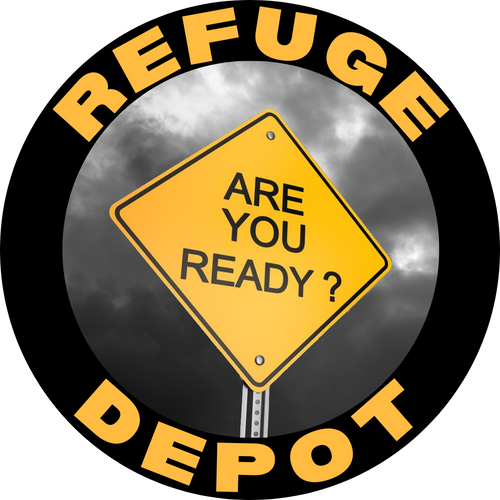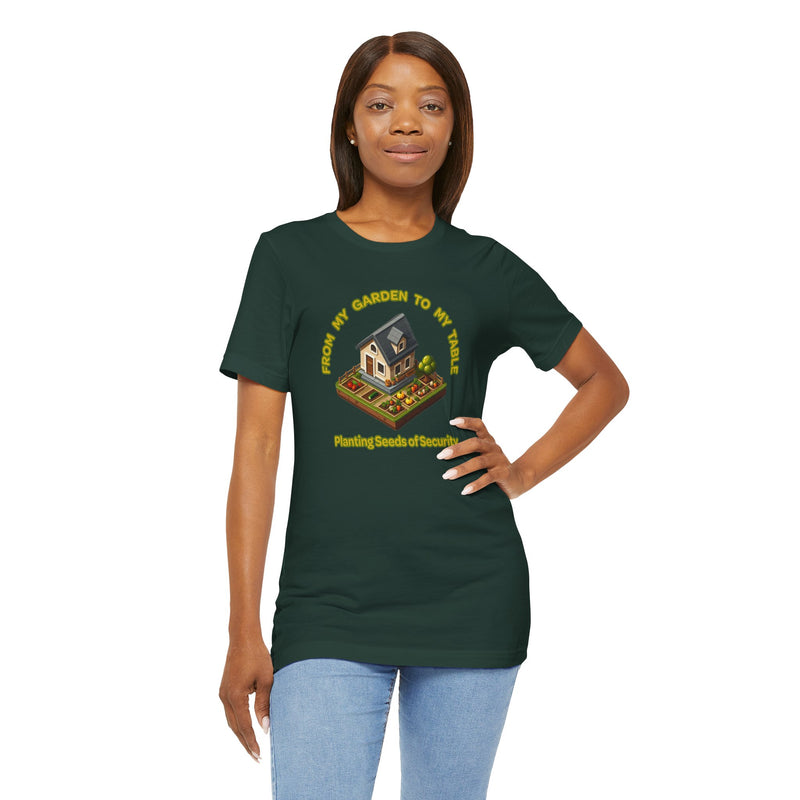
An excerpt from: Winter Ready: Your Guide to Winter Preparedness
Share
Parable: The Wise and the Foolish Builders
Two builders decided to construct their houses side by side. The wise builder took the time to lay a strong foundation, insulate the walls, and ensure that the roof was sturdy. The foolish builder, however, rushed through the construction, neglecting these precautions. When winter storms swept through the land, the house of the wise builder stood strong, warm, and secure. In contrast, the house of the foolish builder suffered leaks, drafts, and ultimately, a collapse. This parable teaches us that thorough preparation is essential to weather the storms of life, including those in winter.
While these stories may not be traditional parables, they convey the importance of preparation and readiness, especially when facing the challenges of winter emergencies.
Chapter 1:
Understanding Winter Weather
Introduction to the challenges of winter weather and preparedness
Winter weather presents a unique set of challenges that require careful preparation in various aspects of our lives. This chapter explores these challenges in terms of apparel, winterizing your home and car, and being prepared for potential power grid failures.
Dressing for the Cold
Winter's bitter cold demands proper attire to stay warm and safe. Inadequate clothing can lead to frostbite and hypothermia. Key considerations include:
Layering: Dressing in layers helps trap warm air close to your body, providing insulation against the cold. Start with a moisture-wicking base layer, add an insulating layer, and finish with a waterproof and windproof outer layer.
Head, Hands, and Feet: These extremities are most susceptible to cold-related injuries. Invest in quality gloves, a warm hat, and insulated, waterproof boots.
Avoid Cotton: Cotton absorbs moisture, making it a poor choice for winter. Opt for synthetic or wool fabrics that wick moisture away from the body.
Winterizing Your Home
A well-prepared home can protect you from the harsh effects of winter storms. Key considerations include:
Insulation: Ensure proper insulation in your walls, attic, and basement to keep your home warm and energy-efficient.
Sealing Drafts: Seal gaps and cracks in doors and windows to prevent heat loss and reduce energy bills.
Heating Systems: Regular maintenance of heating systems, such as furnaces and fireplaces, is crucial for efficient heating and safety.
Winterizing Your Car
Safe winter driving requires special attention to your vehicle. Key considerations include:
Winter Tires: Invest in snow-rated or winter tires for improved traction on icy roads.
Emergency Kit: Prepare a winter emergency kit for your car, including items like blankets, a flashlight, jumper cables, and non-perishable snacks.
Regular Maintenance: Ensure your vehicle is in top condition with routine check-ups, especially for the battery, brakes, and antifreeze.
Emergency Preparedness for Power Grid Failures
Winter storms can lead to power outages, requiring proactive emergency preparedness:
Backup Power: Consider investing in a generator or portable power source to keep essential devices running during power failures.
Alternative Heating: Have a safe alternative heating source, like a propane or kerosene heater, to stay warm if the primary heating system fails.
Food and Water: Stock up on non-perishable food and water to sustain yourself and your family during extended outages.
Communication: Maintain a battery-powered or hand-cranked radio for staying informed about weather updates and emergency alerts.
Understanding these challenges and taking proactive measures is essential to safely navigate the winter season. In the following chapters, we will delve deeper into each of these areas to help you prepare effectively.

Different Types of Winter Storms
Winter storms encompass various weather phenomena that can bring hazardous conditions and significant challenges. Here are different types of winter storms:
Snowstorm: Snowstorms are characterized by heavy snowfall over a relatively short period. These storms can lead to snow accumulation, icy roadways, and travel disruptions.
Blizzard: A blizzard is a severe snowstorm with strong winds and reduced visibility due to blowing snow. Blizzards can be life-threatening, making travel dangerous or impossible.
Ice Storm: Ice storms occur when freezing rain falls and coats surfaces in a layer of ice. The weight of the ice can damage trees, power lines, and structures, leading to power outages and dangerous conditions.
Sleet Storm: Sleet storms involve the freezing of raindrops before they reach the ground, resulting in small ice pellets. Sleet can create slippery surfaces and affect travel.
Freezing Rain: Freezing rain is rain that falls while temperatures are below freezing, leading to the formation of ice on surfaces. This can create treacherous conditions, particularly on roads and sidewalks.
Nor'easter: Nor'easters are intense coastal storms that bring heavy precipitation, often in the form of snow, to the northeastern United States. They are known for their powerful winds and significant snowfall.
Lake-Effect Snow: Lake-effect snow occurs when cold air moves over relatively warmer lake waters, causing intense snowfall downwind of the lake. This phenomenon is common in regions near the Great Lakes.
Winter Squalls: Winter squalls are brief, intense bursts of heavy snow and strong winds. They can reduce visibility rapidly, making them hazardous for drivers.
Polar Vortex: While not a storm per se, the polar vortex is an atmospheric circulation pattern that can bring extreme cold to regions. It can lead to frigid temperatures and increased heating demands.
These different types of winter storms can have varying impacts on communities, including travel disruptions, power outages, and damage to infrastructure. It's crucial for individuals and communities to stay informed and prepared for these winter weather events.


